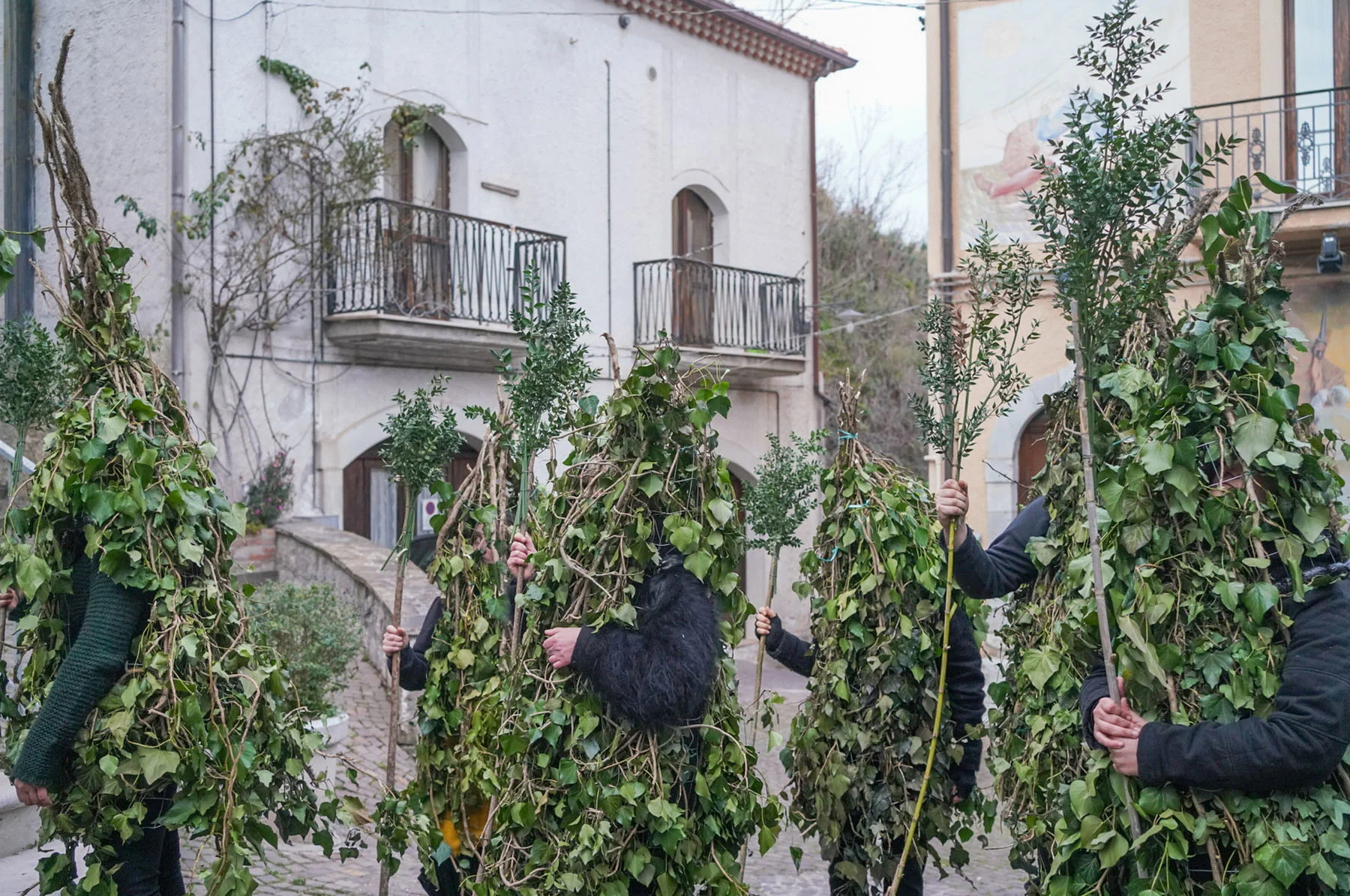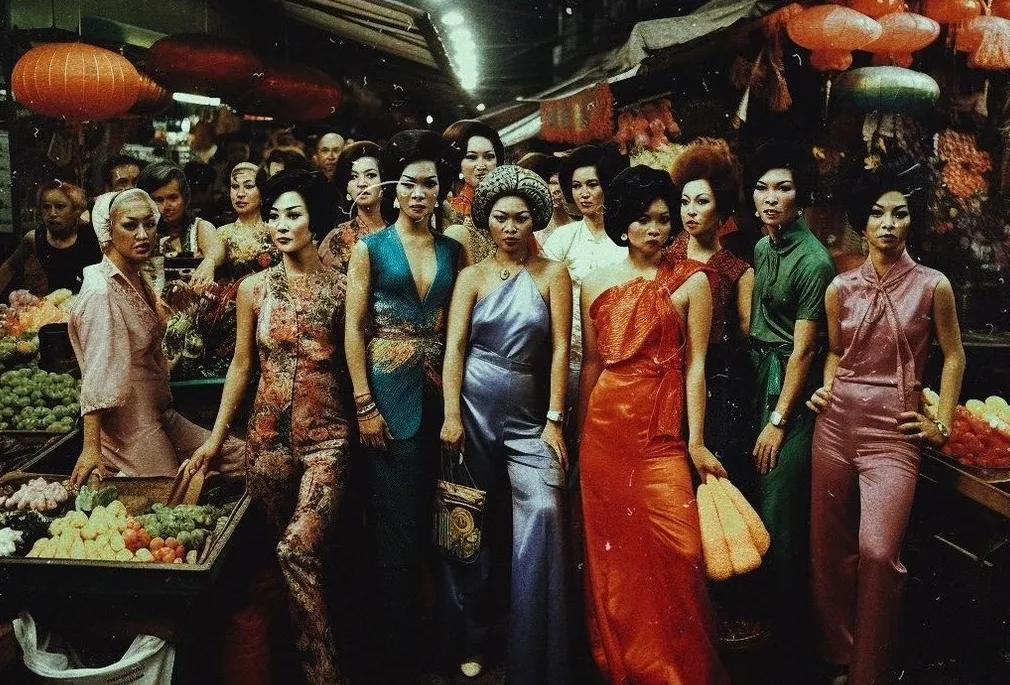
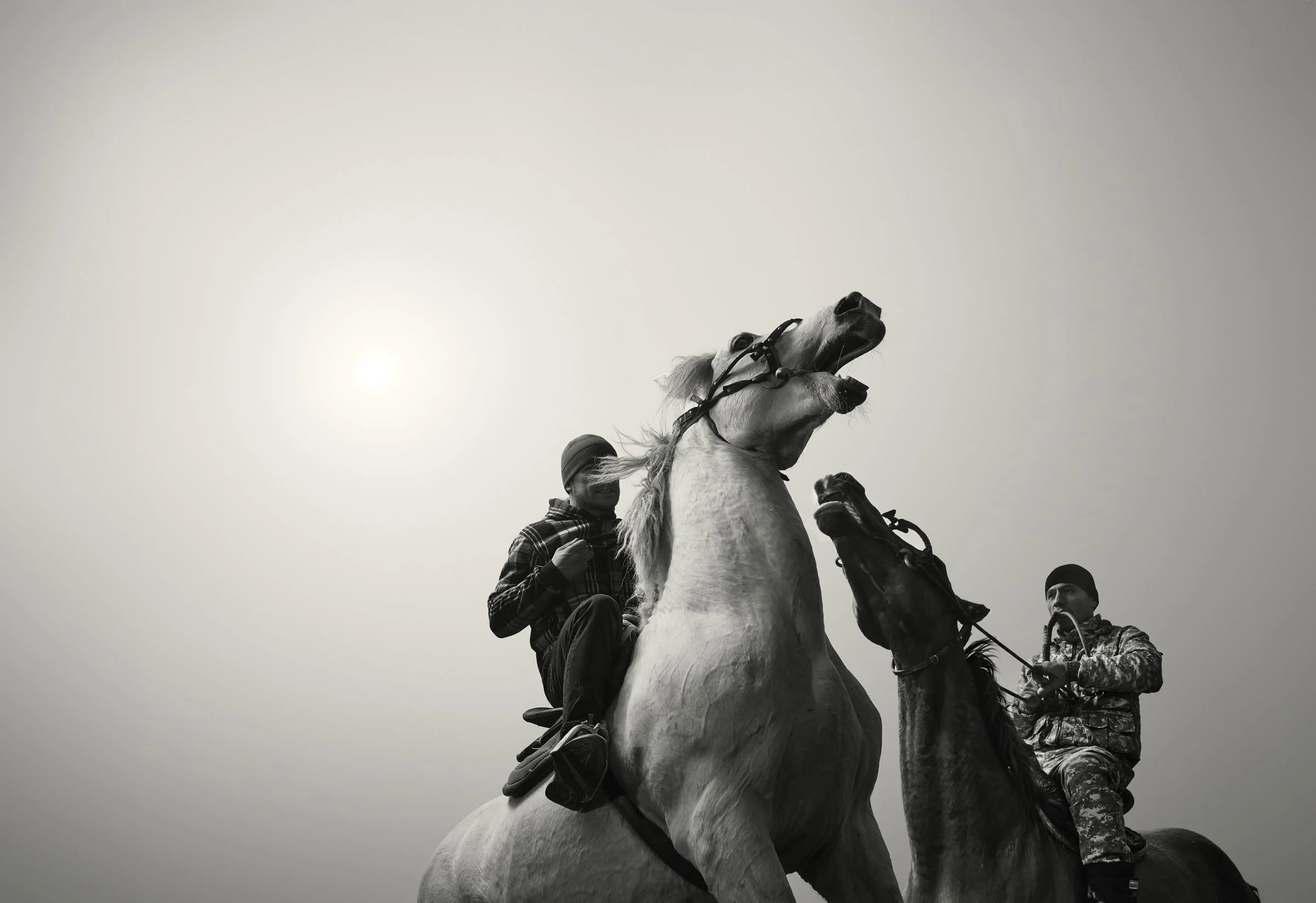
When Todd Antony asked his fixer in Tajikistan to organize a small buzkashi session for a shoot, he accidentally sparked a full-blown match—over a hundred riders, swathes of spectators, even a commentator—the arid plain filled with a sea of people for him to photograph. He tells Sam Diss how he captured the thrilling, chaotic beauty of the sport up close, and why it’s so important to respect our cultural differences.
Bodies collide in motion. Horses, men. Whips, reins. Like one of Turner’s tempests, it’s all storm and thrash: waves hurling a doomed ship toward the rocks off Plymouth Sound. Blurred muzzles and battered tracksuits flash white against the writhing black of the scrum, like sea foam whipped by wind and violence.
We’d drive for hours down a dirt track with nothing around and then, suddenly, hundreds of trucks carrying riders and spectators just… descend.
Unlike the stylized control that defines Todd Antony’s usual work, this image teeters on the edge of anarchy. Set on the desolate plains of Tajikistan, the New Zealand photographer’s new series settles its gaze on buzkashi—a brutal, historic game tied to the long, nomadic traditions of the Central Asian steppe. “It’s… intense,” says Antony, searching for the right word and finding understatement.
Described by some as “the most exciting game in the world,” buzkashi literally means “goat-dragging.” Sprawling matches see hundreds of riders wrestling over a headless, footless calf—known as a buz, and often weighing over 100 pounds—to deliver it into a goal at either end of a field twice the length of a football pitch.
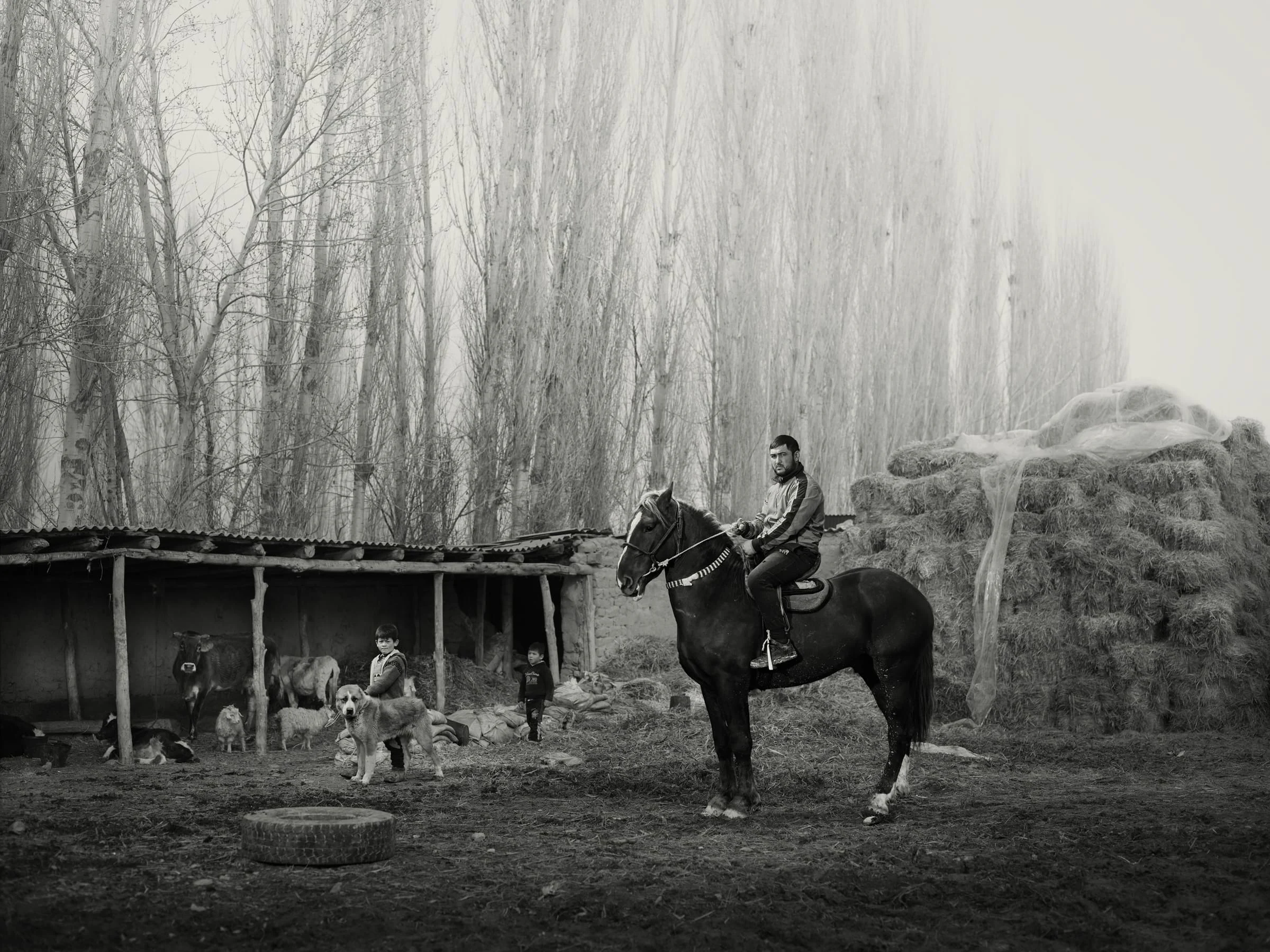
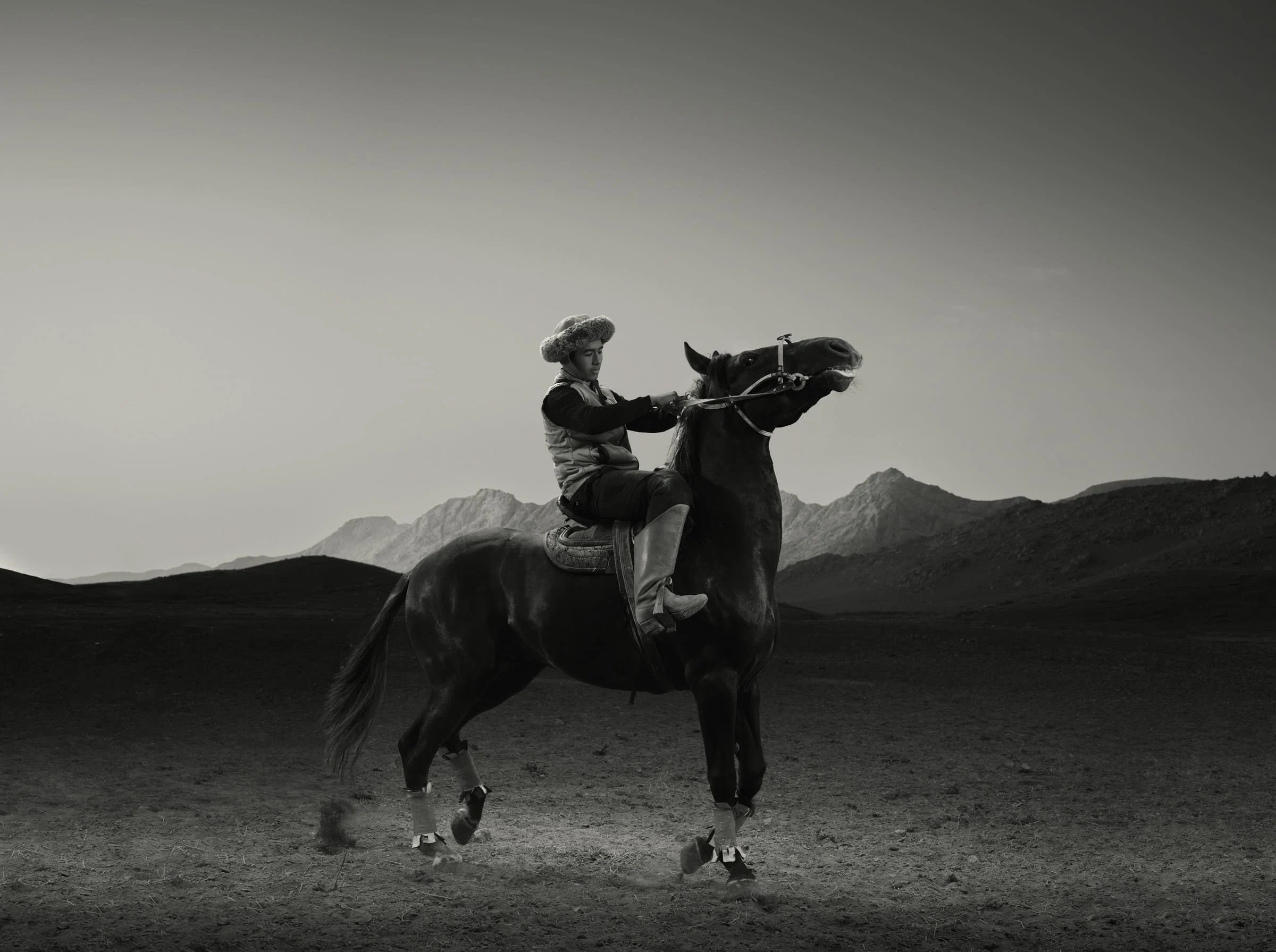
“The matches are played out in the middle of nowhere,” he says. “We’d recce a location, driving for hours down a dirt track with nothing around. The landscape—it’s harsh, dry, very stark. And then, suddenly, hundreds of trucks carrying riders and spectators just… descend.”
Held in natural bowls and dried-up riverbeds, the games are chaotic, individualized battles. “They last four hours,” adds Antony. “At the end, everyone’s shattered. Every goal gets a prize—cash, livestock, sometimes even a car—but it can be half an hour before anyone scores.”
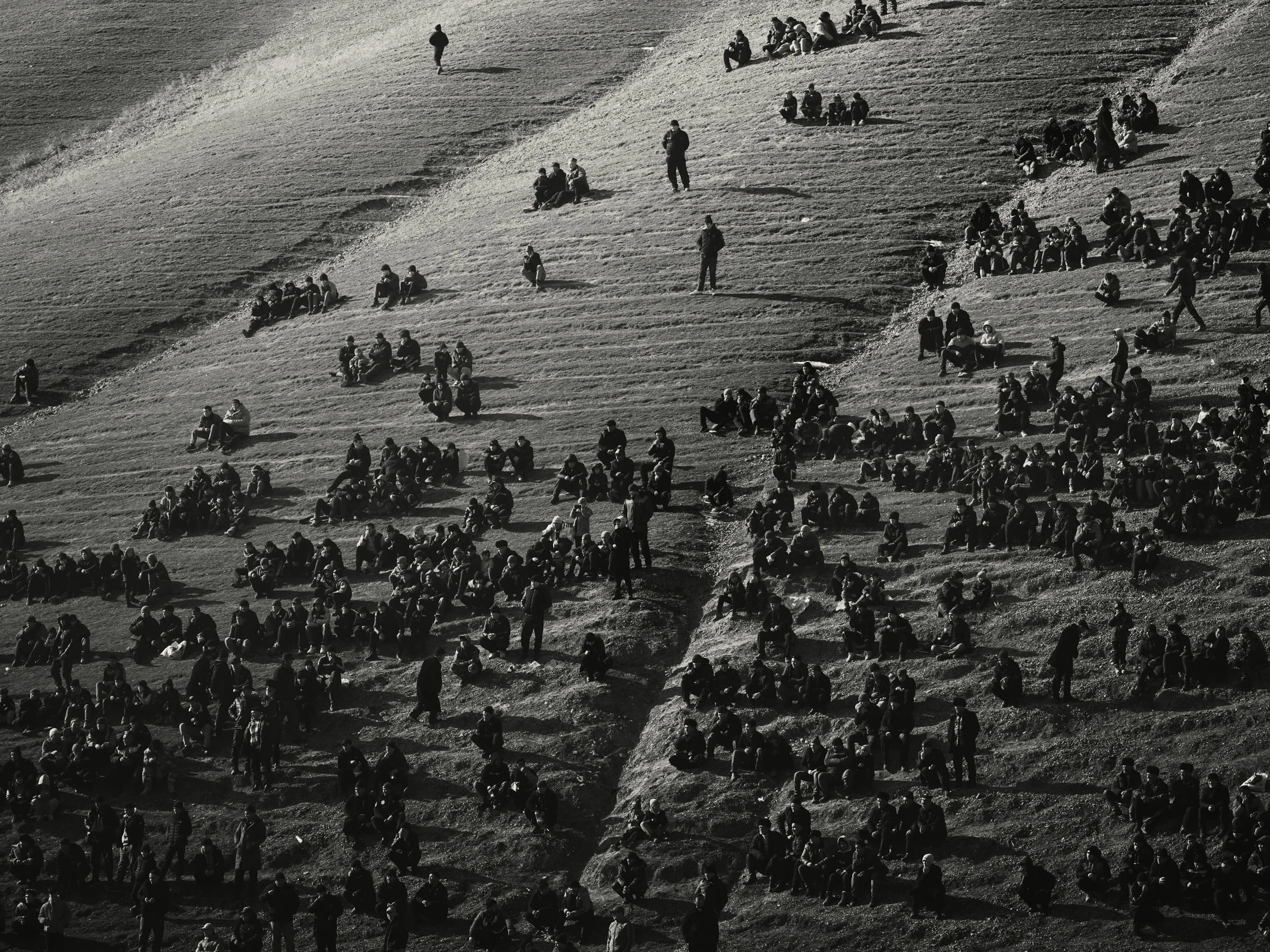
As the stakes rise, so does the carnage. Riders are flung from saddles, horses bolt uncontrolled into crowds, and spectators—Antony among them—scatter for cover. “There was a moment where I got pinned,” says the photographer. “Between what I can only describe as a horse’s ass and a truck. And this Tajik guy—half my height, mouth full of gold teeth—is holding onto me, telling me it's all going to be okay. My fixer and assistant had decided buggering off was the smarter course of action.”
There was a moment where I got pinned by a horse, and this Tajik guy is holding onto me, telling me it's all going to be okay.
Once the dust settles, shooting the players becomes nearly impossible, even if you’re no longer sandwiched between croup and car. The elite horsemen—known as chapandazan—leave as quickly as they arrive. But with patience and planning, Antony captured portraits every bit as precise as his commercial work; composed but still perched, somehow, on the edge of wilderness. “I always try to have a plan for pictures going in,” he says. “You're spending a lot of money to go somewhere and do a project like this, so you want to make sure you’re coming back with something worthwhile.”
This time, the moodboard was full of Napoleonic portraiture. Generals on rearing white horses, captured in sweeping melodrama. A perfect juxtaposition to the writhing mass of bodies in a match. But his first buzkashi was held at a wedding and the vibe didn’t quite suit the half-hour lighting setups he required. He realised if he wanted those timeless, theatrical portraits, he’d need to take the reins himself.
So, he asked his fixer to organize a match with “maybe 30 or 40 riders.” What he got was 100. “We turn up and the hills start filling with spectators,” says Antony. “A commentator turned up! Somehow I’d organized an actual buzkashi match.” What started as a photo shoot became a spectacle. Antony waited on a hill in the Khujand Valley, lights rigged, medium-format camera trained on a mark in the dirt. Behind it: the Fann Mountains, endless layer after glacial layer—the perfect backdrop. It was, finally, the dream set.
And then in trots a toddler.
“He was four years old…” Antony tells me, still in disbelief. “His family were riders. He just appeared, on this huge horse, feet dangling way above the stirrups. I point to the spot in front of the lens, and he leads the horse in a circle, stops, and strikes a pose—hand on hip, like a boss.” It was the first shot of the day. “I looked at the laptop, saw the image pop up, and thought: That’s a banker.”
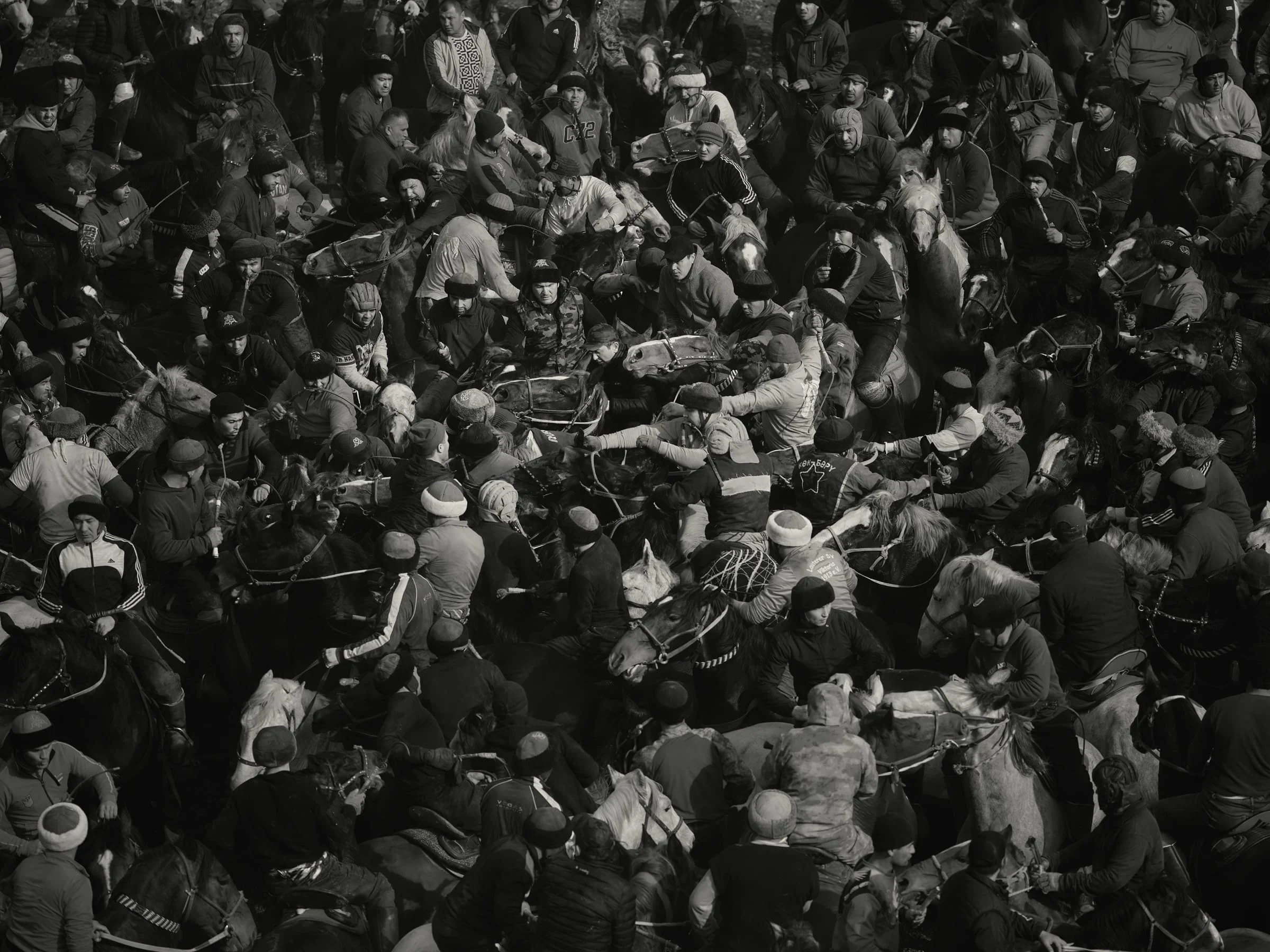
That moment, planned but open to serendipity, is why Antony’s work doesn’t quite fit the documentary mold. “They’re not just quickly-grabbed portraits,” he says. “They’re part of a process. The subjects have agency and they know they’re going to be photographed.”
It removes the exotic voyeurism that plagues photo stories in far-flung locales. It’s why he’s careful not just to think about how to shoot a subject, but how not to. “My approach is always a bit left of center,” says Antony, who has spent a dozen years shooting projects like these. In Tajikistan, it became about “elevating a subject another step further than what we might ordinarily expect.”
It’s easy to look at it and call it barbaric… we’ve never been more divided, but here you start to appreciate the differences.
That elevation takes time, and time costs money. But by funneling his income shooting ads into these personal projects, Antony can linger. Meet families. Eat meal after meal with them. Understand, at least a little, what the rituals mean from the inside. “People really wanted to stop and talk,” he says. “They welcomed us into their homes.”
And yet: hospitality doesn’t erase tension. Horses get hurt. Goats are ritually slaughtered. Their cold-water-hardened carcass dragged, kicked, dropped and flung for entertainment.
Still, Antony resists moralizing. “It’s easy to look at it and call it barbaric,” he says. “But photography puts you in situations you’d never otherwise experience or have a reason to even be there for any extended length of time. We’ve never been more divided. But here you start to appreciate the differences.”
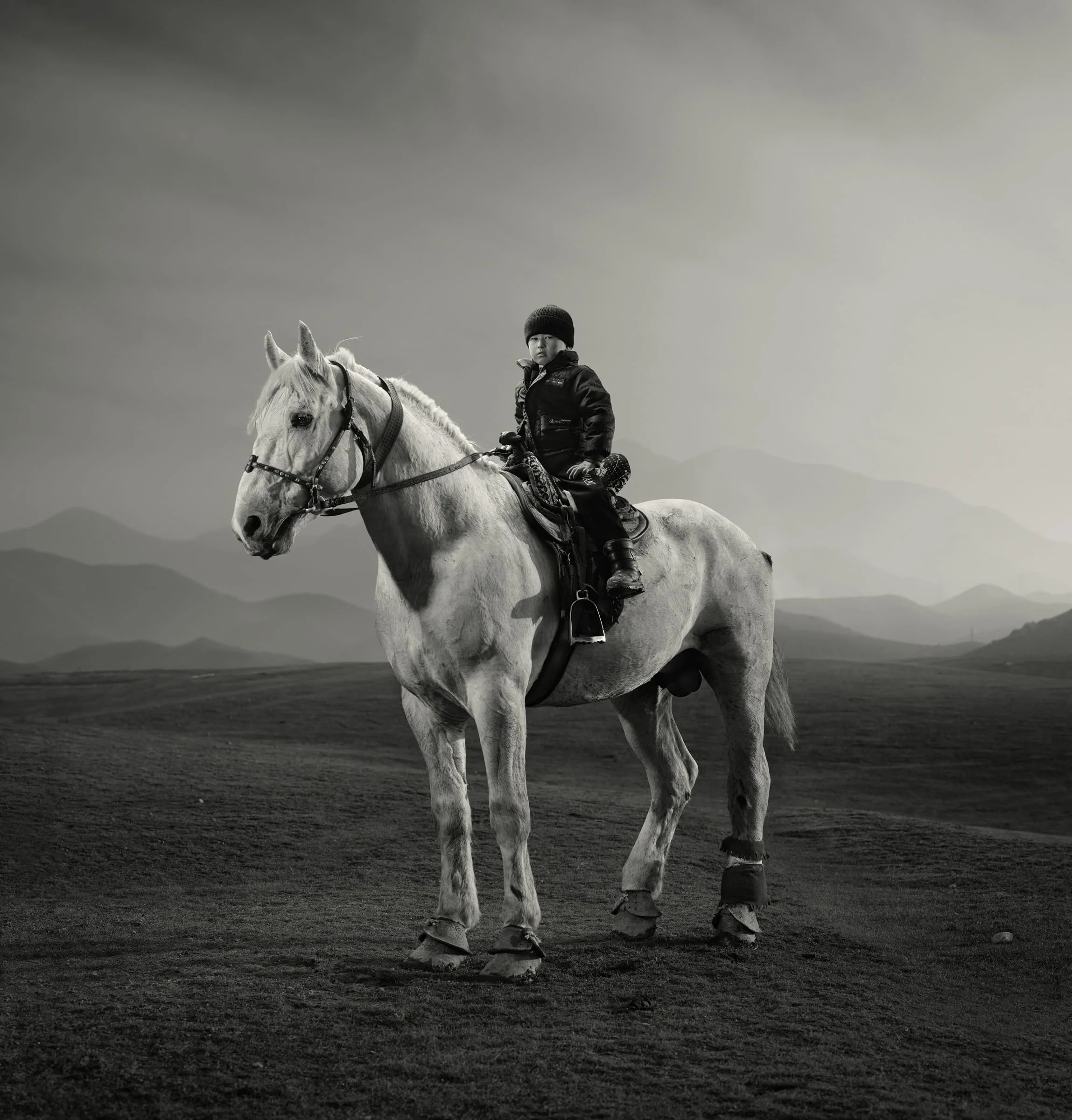
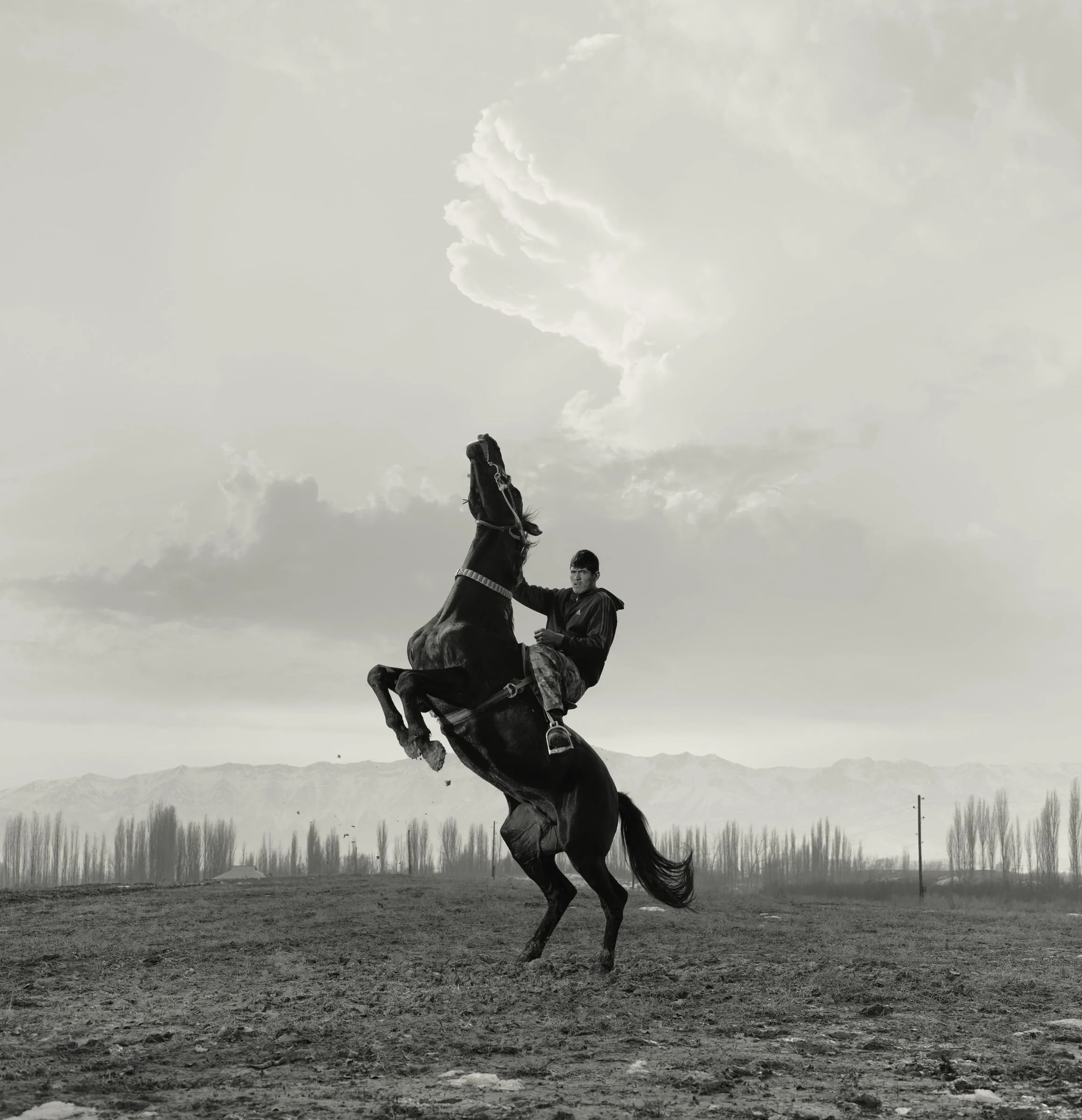
What his portraits ask—quietly, insistently—is not Why do they do this? But: What might we look like, from the outside in? “I don’t know,” Antony shrugs. “People in Tajikistan might go to something like Redneck Mud Park in Florida, which I’m looking at visiting next. They’d see the beer and bikinis, the monster trucks flying through the air… And maybe they’ll think that’s just as bad.”
